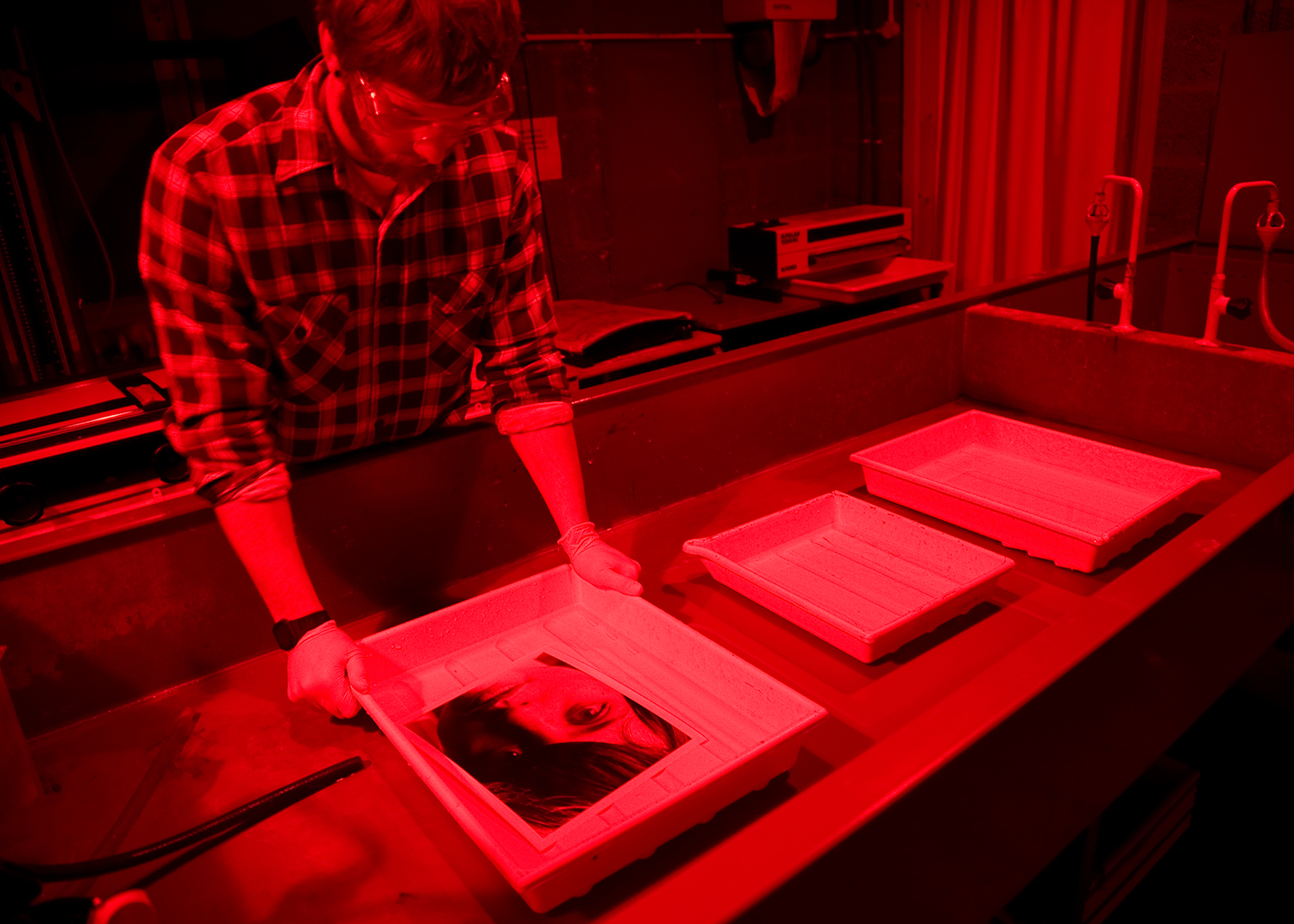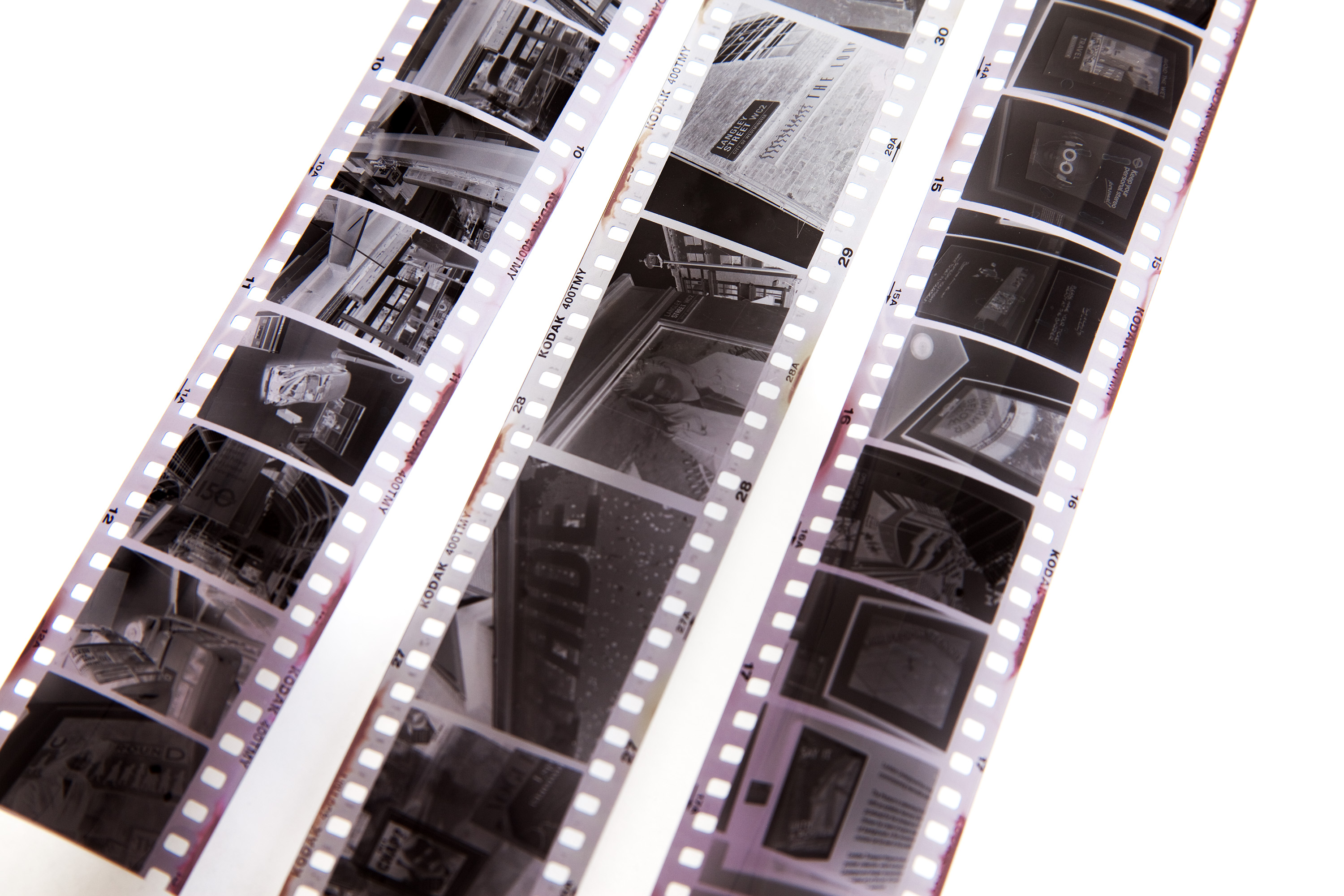she uses a lot of unique techniques, such as taking a slip of photographic paper and placing it in a river. by activating the flash she is able to achieve some spectacular work.
Susan started her studies of art and photography in nineteen seventy three, at the Chelsea College of Art and Design. where she started painting for three years before continuing her studying at the Slade school of art where she studied for two years. this is when she switched from art to photography. Susan moved to japan in nineteen eighty one.
in the year nineteen eighty one Susan Derges received the Rotary foundation award .where she lived and worked four four years. while Susan was in japan, she experimented with photography, especially camera-less photography. in nineteen eighty five Susan published some of her work called the "Chladni figures" this effect on thew photographic paper was achieved by getting a slip of photographic paper and sprinkling Carborundum powder directly on to the photographic paper before exposing it to sound waves on different frequencies. the work with the carborundum powder being sprinkled onto the photographic paper created some really great effects on the photographic paper. while Susan Derges was in Japan she carried on studying photography at Tsukuba Universithy between the years nineteen eighty six and nineteen ninty one.after coming back from japan she was given the title of lecturer at the University of Plymouth.
 Susan Derges had an exhibition in the History of Science Museum in two thousand and one. in this exhibition she was showing some of her work where she was able to create some really powerful images by placing a slip of photographic paper in a river and using a light she was able to expose the photographic paper. by doing this Susan Derges was able to create a really nice effect on the photographic paper because she was able to get some photo-grams with the moon really clearly. Susan Derges found it difficult to keep the slip of photographic paper still in the river. Susan at last was able to find a way to hold the photographic paper with he finger tips in such a way that her finger tips would not show up on the photographic paper when the image is exposed and completed.
Susan Derges had an exhibition in the History of Science Museum in two thousand and one. in this exhibition she was showing some of her work where she was able to create some really powerful images by placing a slip of photographic paper in a river and using a light she was able to expose the photographic paper. by doing this Susan Derges was able to create a really nice effect on the photographic paper because she was able to get some photo-grams with the moon really clearly. Susan Derges found it difficult to keep the slip of photographic paper still in the river. Susan at last was able to find a way to hold the photographic paper with he finger tips in such a way that her finger tips would not show up on the photographic paper when the image is exposed and completed. this exhibition was reviewed by the Guardian news paper who likened some of her pieces of art to some Chinese scrolls. they said this because some of her photo-grams include some flowers, the photo-grams with the flowers in look quite tranquil and fluent. this is why they were likened to some of the Chinese scrolls. Susan Derges goes out and takes her photo-grams using the dark to her advantage for example she says. "the whole night became my dark room" this quote is powerful because it demonstrates that Susan Derges is a very adaptable person who is able to improvise and to adapt to the world and how it works. her river photo-grams are my favourite work that she has ever published because i like the amount of latteral thinking that would have happened in order to create the finished piece of work. i like the "chlidne figures" too because they show that there are almost endless opurtunities and experiments when it comes to usin slips of photographic paper in either an improvised dark room e.g. your garage, the entire world at night. or a professional dark room. the choices are infinite.
this exhibition was reviewed by the Guardian news paper who likened some of her pieces of art to some Chinese scrolls. they said this because some of her photo-grams include some flowers, the photo-grams with the flowers in look quite tranquil and fluent. this is why they were likened to some of the Chinese scrolls. Susan Derges goes out and takes her photo-grams using the dark to her advantage for example she says. "the whole night became my dark room" this quote is powerful because it demonstrates that Susan Derges is a very adaptable person who is able to improvise and to adapt to the world and how it works. her river photo-grams are my favourite work that she has ever published because i like the amount of latteral thinking that would have happened in order to create the finished piece of work. i like the "chlidne figures" too because they show that there are almost endless opurtunities and experiments when it comes to usin slips of photographic paper in either an improvised dark room e.g. your garage, the entire world at night. or a professional dark room. the choices are infinite.the river photogram; http://www.prixpictet.com/portfolios/water-shortlist/susan-derges/
the picture example of the chladni figures: https://www.flickr.com/photos/gosesomer/6108056492


